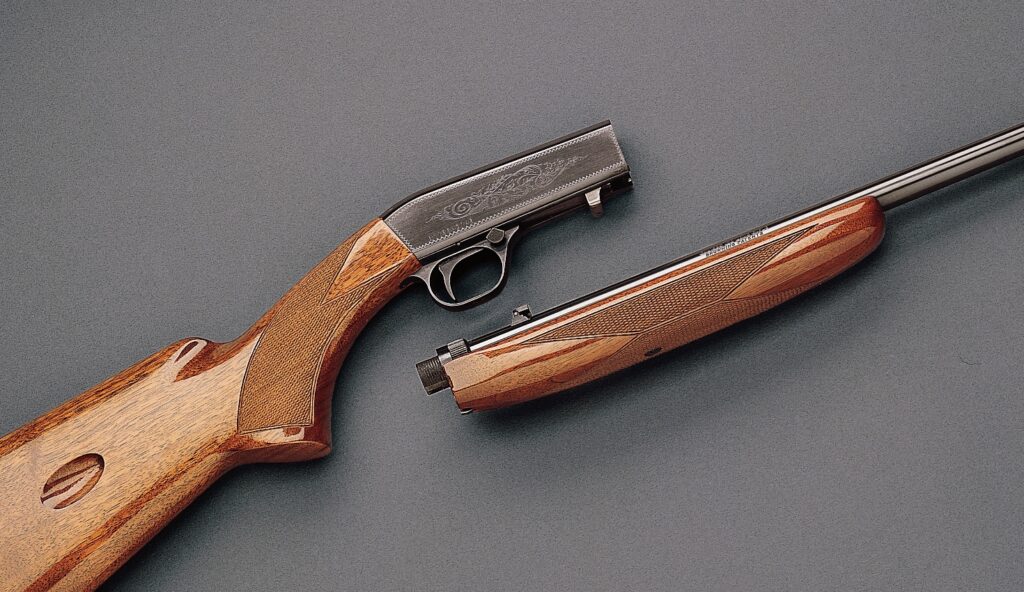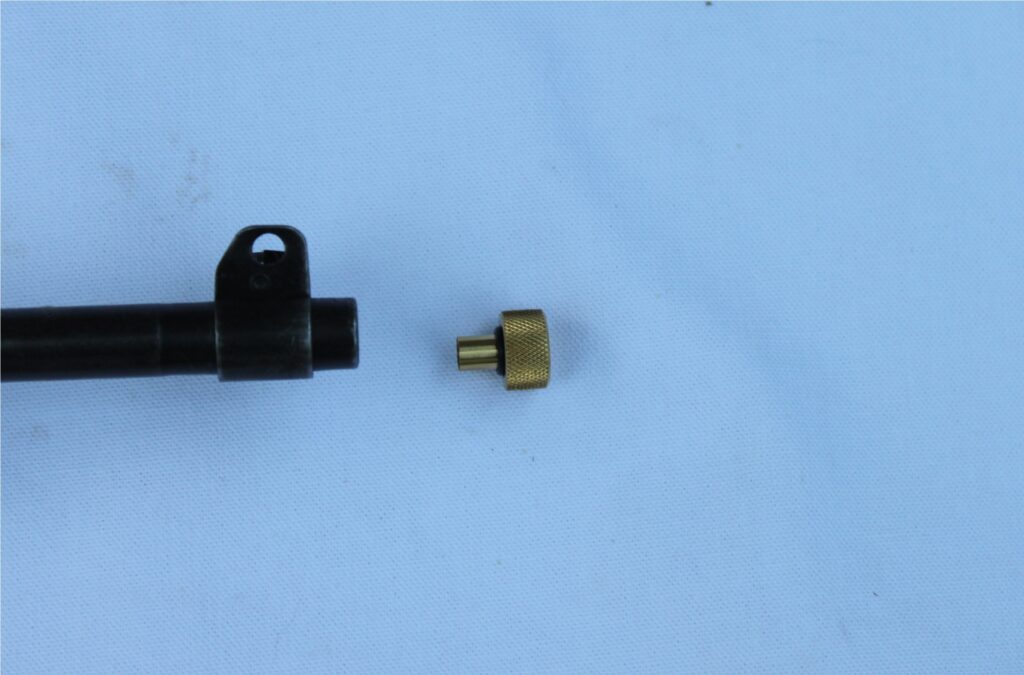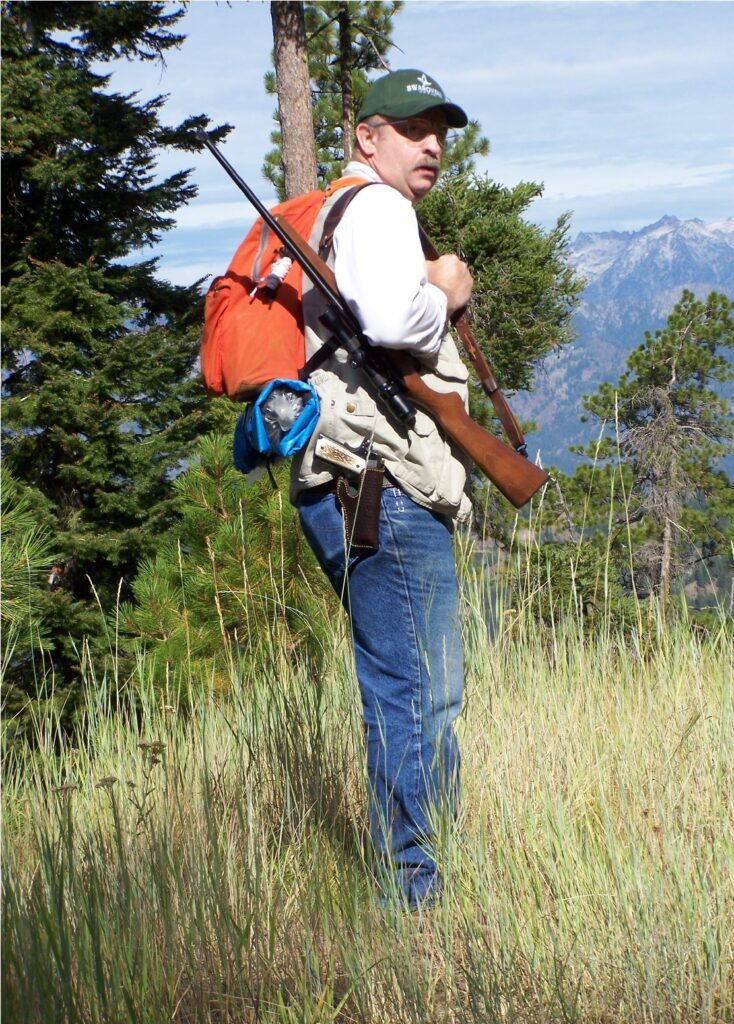
By Jim Dickson | Contributing Editor
The first firearm is a milestone in a child’s development into a mature responsible adult, and an American tradition is making that first gun a gift under the Christmas tree.
It marks the time when the youngster takes on the responsibility of a potentially deadly weapon. When instructing a child, you must be patient but firm. He or she must understand the difference between real guns and toy guns. This is learning the most serious adult skill that they will ever have.
One thing that I have observed about gun owners is that most of them have had an accidental discharge in their lifetime. The important thing is where the gun was pointed at the time. This is the most important safety measure with all firearms. Keep the muzzle pointed in a safe direction, and keep your finger off the trigger.

Getting a gun for Christmas was every boy’s dream in the days before political correctness.
The first gun is typically a .22 rifle and two popular choices are the Browning SA 22 and the Ruger 10/22, both semi-auto models. The Browning has been around longer than most semi-auto .22 rifles and breaks down into two sections for packing in a suitcase or cleaning from the chamber end so the rifling does not suffer damage at the crown.
A gun that cannot be cleaned from the breech like the Ruger 10/22 requires a cleaning rod guide to protect the rifling at the muzzle when the gun is cleaned. J. Dewey Mfg. Co. Inc. makes brass muzzle guides for all calibers that are vital to the long term accuracy of any gun cleaned from the muzzle. The Browning loads through the stock instead of using a magazine but that also means no magazines to lose or damage.
The Ruger 10/22 is a very good gun and less expensive than the Browning. It features a rotary 10-round magazine and aftermarket larger capacity magazines are available.
Choosing a semi-auto will help a new shooter over time because they can learn rapid fire. However, learning the basics of marksmanship and safe gun handling can be done just as well with bolt-action or lever-action rifles and break-action or pump-action shotguns if a semi-auto is out of your budget.
Don’t forget to include ammunition and a cleaning kit when gifting a “first gun” to a deserving youngster. Remember that receiving this first gun is often the most memorable and important gift of their childhood.
The Gift of Time
There are only three ways to learn to shoot. Shooting, shooting, and more shooting, and if you’re giving a gun for Christmas, be sure to also promise to take time to teach shooting skills.

Start the kids off from a rest but be sure to teach them to shoot standing up. In my lifetime I never seem to have been able to use a rest when an important shot was to be made. This may be the hardest position but it is the most important one. If a young shooter can learn to fire from a standing position, they can still shoot from other positions and a rest but the reverse is not true. You have to practice off hand shooting.
Those first shots are important because hitting the target, especially in the bullseye, and producing tight groups encourage more shooting.
Children are not usually allowed access to firearms without parental supervision and it’s up to the parent to teach firearms safety and respect. Don’t go overboard and make new shooters afraid of guns like some of the adults that I have seen. Be patient and answer questions, and take the time to repeat instructions.
Don’t let the youngster forget that a safety is a mechanical device and remind them that “safety” is really “between the ears.” Anything man-made can malfunction. Striking the proper balance of safety without paranoia will be different for each individual. You want the youngster to be safe but not afraid. As a parent you are supposed to know your child better than anyone else and thus to be the best at knowing how to teach them.
Explain that a cleaning kit is important for maintaining the new firearm. Make sure that cleaning after shooting becomes part of the learning experience. Remember that young shooters don’t know anything except what you teach them. It’s up to you to provide lessons they will remember as they grow up.
The Right Fit
Many firearms companies are now marketing “Youth” models of rifles or shotguns that come with stocks that can be adjusted for length of pull (the distance between the butt and trigger) as the youngster grows. The 13-inch length of pull is almost standard for American guns but it typically only fits someone between 4 ½ and 5 feet tall.

Any child under that height with the strength and maturity to handle a firearm should have no difficulty stretching to accommodate the length of pull. This was best demonstrated by Harald Houck, a North Georgia mountain man who started hunting with a standard 12-gauge at the tender age of seven. He would not let his brothers and sisters accompany him when he went on his squirrel hunting forays close to his house. He would steady the family shotgun on a tree limb to shoot and not come back until he had three squirrels for the dinner table. Harold was very mature for his age and his parents had the good sense to recognize that and not hold him back. It’s up to the parent to determine the maturity of each child as they are all different and only the parent is in a position to make this judgment.
Since this brings up the question of how long a stock an adult might need let me point out that I am 6 foot 2 and use a 15 & 9/16-inch length of pull. Other men my height would have minor differences as stock fitting in the British Isles is done to sixteenth of an inch in all possible directions so the gun points exactly where the shooter is looking the moment it is cheeked. My 5-foot 2-inch wife, Betty was fitted with a 13¾-inch length of pull. According to the charts used when a gun fitting cannot be done she would have had a 14 3/8-inch length of pull.
The age that a child is mature enough to use a gun under parental supervision is an individual thing but traditionally 10 or 11 years old is about right. The average height at 10 is 4.6 feet so a 13-inch length of pull is just fine for them. A shorter stock could become a handicap, so it is important right up front to make sure the gun fits the new shooter.

If the youngster is 10 or 11 years old, a 12-gauge side by side double with loads of 3 drams of powder and 1 ounce of #6 shot should not be too hard to handle. He can use that gun and load the rest of his life with perfect satisfaction. Recoil will be negligible in a double as it will have sufficient weight, unlike a single barrel shotgun which will kick more. A sorbothane recoil pad such as made by Kick-EEZ works far better than the conventional rubber recoil pads.
Of course, younger or smaller children won’t be able to handle a 12-gauge gun, so something smaller is a good idea. Be mindful to stress that only ammunition designed for the gun can be used. There have been many mishaps involving putting a 20-gauge shell into a 12-gauge shotgun and then loading a 12- gauge shell behind it because the 20 gauge shell slipped down to the forcing cone making the chamber appear empty, so hammer this lesson home.
Also determine the youngster’s dominant eye (the one whose view of a finger held at arm’s length does not change position when the other eye closes). This is important for shooting rifles because you aim a rifle. You point a shotgun.
The point here, of course, is to make receiving that first new gun a memorable experience. Christmas is a time of wonder and joy, even for older youngsters. Your responsibility is to build on that special foundation and make the Christmas gun a launching pad for a lifetime of experience and adventure.



